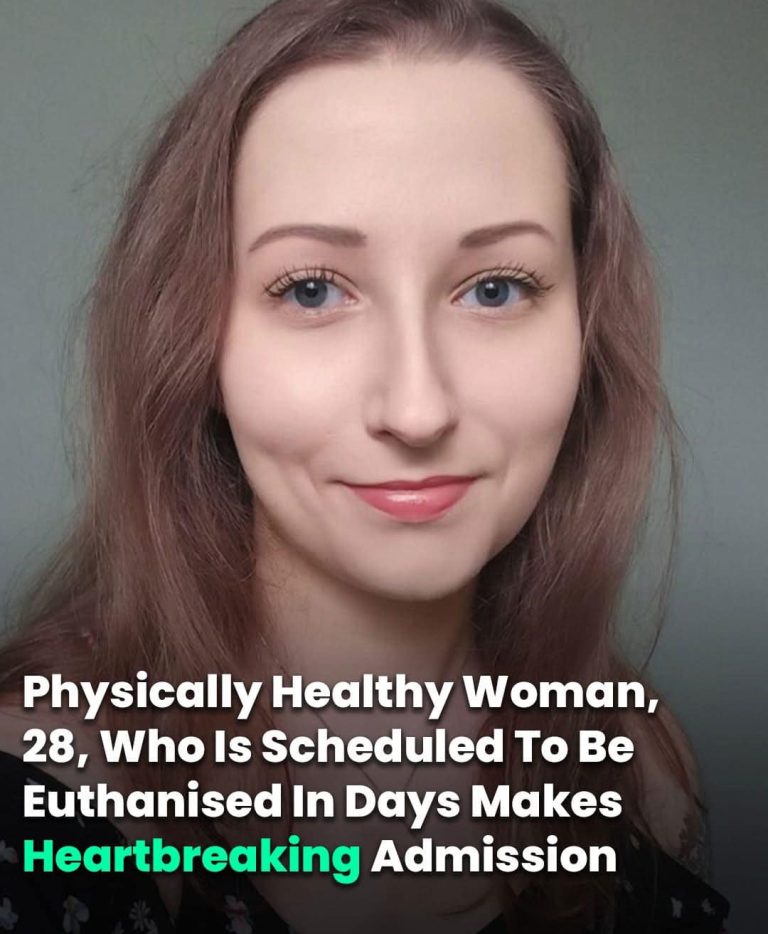THIS IS VERY IMPORTANT!
What Is the Butt?
The butt, known by many names like “behind,” “booty,” or medically as “gluteus maximus,” varies in size based on genetics and hormones. Women generally have bigger butts than men due to higher estrogen levels. The butt is made up of three muscles — gluteus maximus, medius, and minimus — covered by fat called gluteofemoral fat. The crease between the cheeks is called the “intergluteal cleft,” or more casually, the “butt crack.”
How to Change Your Butt
“Butts can be shaped by exercise and lifestyle.” Factors like genetics, age, and low estrogen can cause a small or flat butt. Exercises such as squats, lunges, and uphill running, combined with a healthy diet, can add size within 6–8 weeks. Women’s butts tend to be less hairy than men’s. Sitting too long causes “dormant butt syndrome,” leading to muscle shrinkage and pain. Twerking helps improve hip flexibility and thigh strength.
Health Benefits of a Big Butt
Studies show many benefits to having a bigger butt. Women with larger butts “outperformed women with comparatively small butts on academic tests,” and bigger glutes improve balance, posture, and reduce back pain. Research suggests those with bigger butts tend to live longer, partly due to “protective fat” that lowers risks of diabetes and heart disease. Evolutionary psychology says big butts enhance spinal curvature and attractiveness. A big butt also cushions falls and protects muscles during exercise.
Cultural Note
In closing, the article quotes the anthem of West Indian women with big butts, sung by Allison Hinds:
“My great great grandmother pass it down
My great grandmother pass it down
My mother get it from my granny
And mommy give it to me
Cause we was born wit it
Born wit it”





